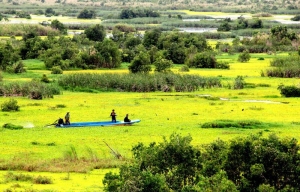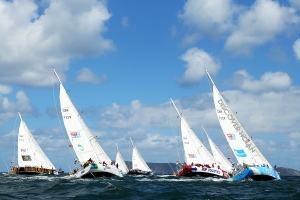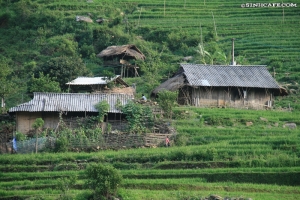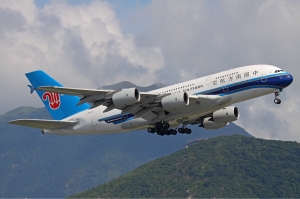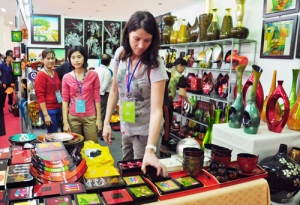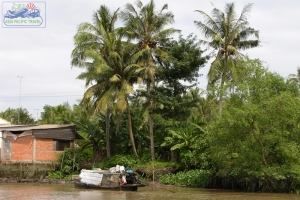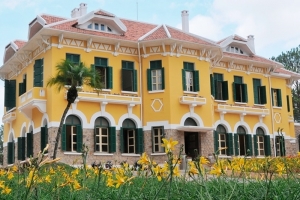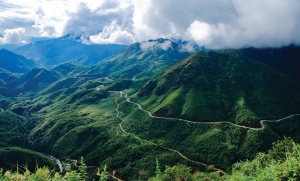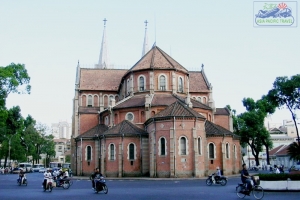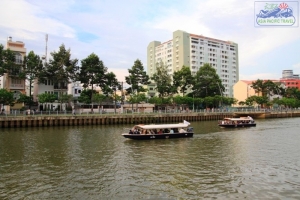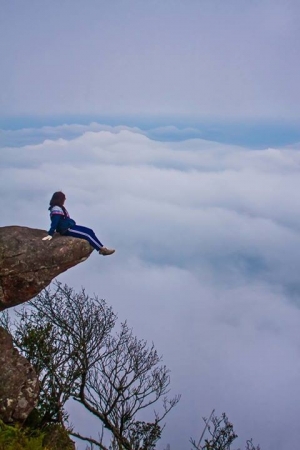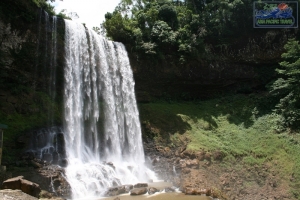Accordingly, Da Nang city and Hue city will become hubs of culture, art and scientific research, as well as a cultural, art and family personnel training centres for the entire central and Central Highlands regions.
The preservation and promotion of world cultural heritages like Hoi An Ancient Town, My Son Sanctuary and Hue Monument Complex will be prioritised, while the submission of ‘bai choi’ folk singing for UNESCO recognition as a world intangible heritage of humankind in 2015 is also one of the focuses of the plan.
A number of festivals featuring international dances, Viet Nam traditional martial arts and firework performances will be held and promoted. Meanwhile, a Da Nang Fine Art Museum will be built, together with a Hoang Sa-Truong Sa History Museum in Quang Ngai province.
At the same time, a culture-art university will be established by 2030, according to the plan.
The plan also sets to make the key central economic region, including five cities and provinces of Thua Thien-Hue, Da Nang, Quang Nam, Quang Ngai and Binh Dinh, a sports hub of the central and Central Highlands regions, with Da Nang city playing the core role.
The region is set to be a key tourism centre of the country with various tourism products, including cultural-history, spiritual and maritime tourism.
The master plan, approved by the Prime Minister last November, envisages that the region will welcome six million foreign tourists and eight million domestic visitors, earning tourism revenues of US$2.1 billion by 2020 and creating 80,000 jobs in the process, said MCST Deputy Minister Huynh Vinh Ai at the launch ceremony in Da Nang city on January 9.
Corresponding figures for 2030 are expected to reach 10 and 15 million foreign and domestic tourists, tourism revenues of US$3.8 billion and 140,000 new jobs, he added.
The central coastal region welcomed 3.48 million and 7.83 million foreign and domestic visitors in 2013, respectively, earning VND15.79 trillion (US$752 million) in 2013, just 8% of the country’s tourism income.












